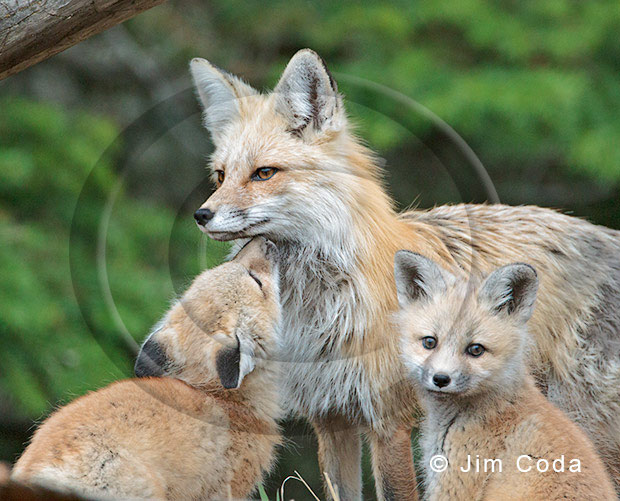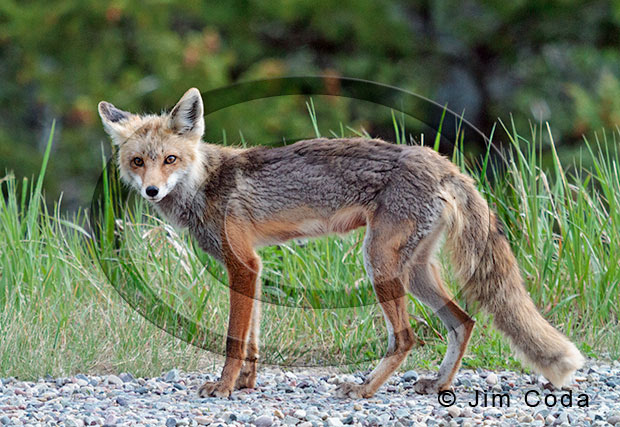Elk Calves; Point Reyes National Seashore

I’m biased in favor of predators. That’s why when I’m at Point Reyes I’m always looking for bobcats and coyotes. If I’m lucky, maybe I’ll spot a badger. If I’m super lucky, maybe some day I”ll spot a mountain lion. (I keep looking, but they’re not likely to be in the open areas I frequent.)
Anyway, on the last few drives to Point Reyes I’ve thought to myself that it’s that time of year that I ought to look for elk calves and deer fawns. By the time I get there though, I have forgotten about them because of my obsession with predators. Yesterday, I decided I’d better remember to look for them before it’s too late to see them when they are still small. Luckily, there were some along Drakes Beach Road. I also saw two cow elk away from the herd which made me think they may have very young calves hidden nearby. I didn’t see any fawns. Maybe next time.




